One of the aspects of being human means the Average Joe and Jane are attracted to bright shiny things, big things which are tangible and can make them go “Ooh!” and “Aah!”. It’s why our ancestors wanted to harness fire and be able to mould metal into weapons. It’s also why big national parks with their thousands of hectares filled with the Big Five are awe inspiring and what every tourist wants to brag about. After all, rhino, elephant, lion, buffalo and leopard are hugely impressive when seen in their natural habitat. But so are dung beetles and frogs – and their impact on the environment is no less profound than the landscape engineering effected by elephants downing trees.
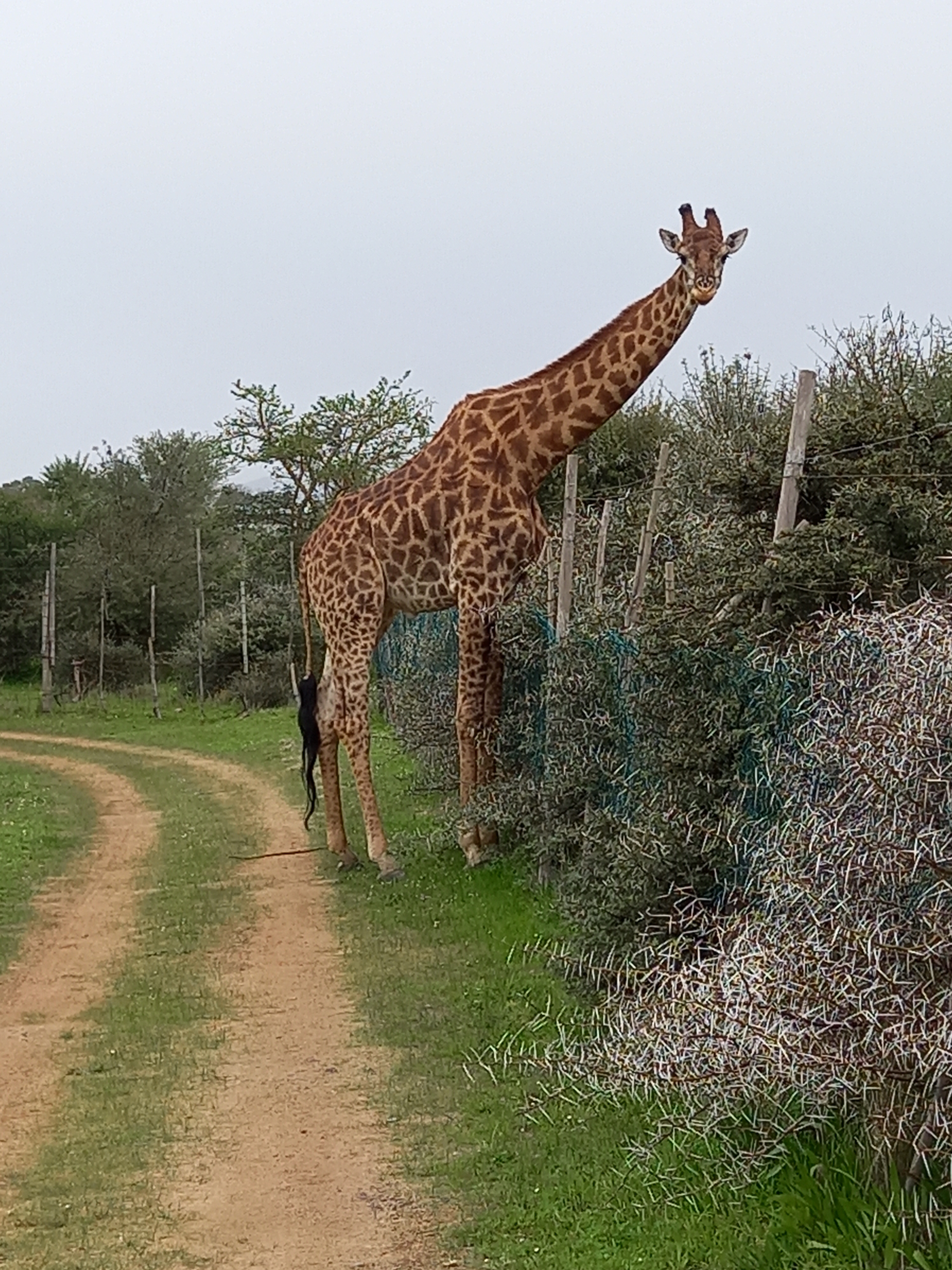
The point is that it’s all too easy to overlook the little things. But there are members of the South African wine fraternity who take their responsibility as custodians of the earth, both fauna and flora, very seriously. Vergelegen, Groote Post, De Grendel, Remhoogte and Villiera are a few which have game enclosures with everything from eland to giraffe, bontebok, springbok, Cape foxes and even the re-engineered quagga/zebra.
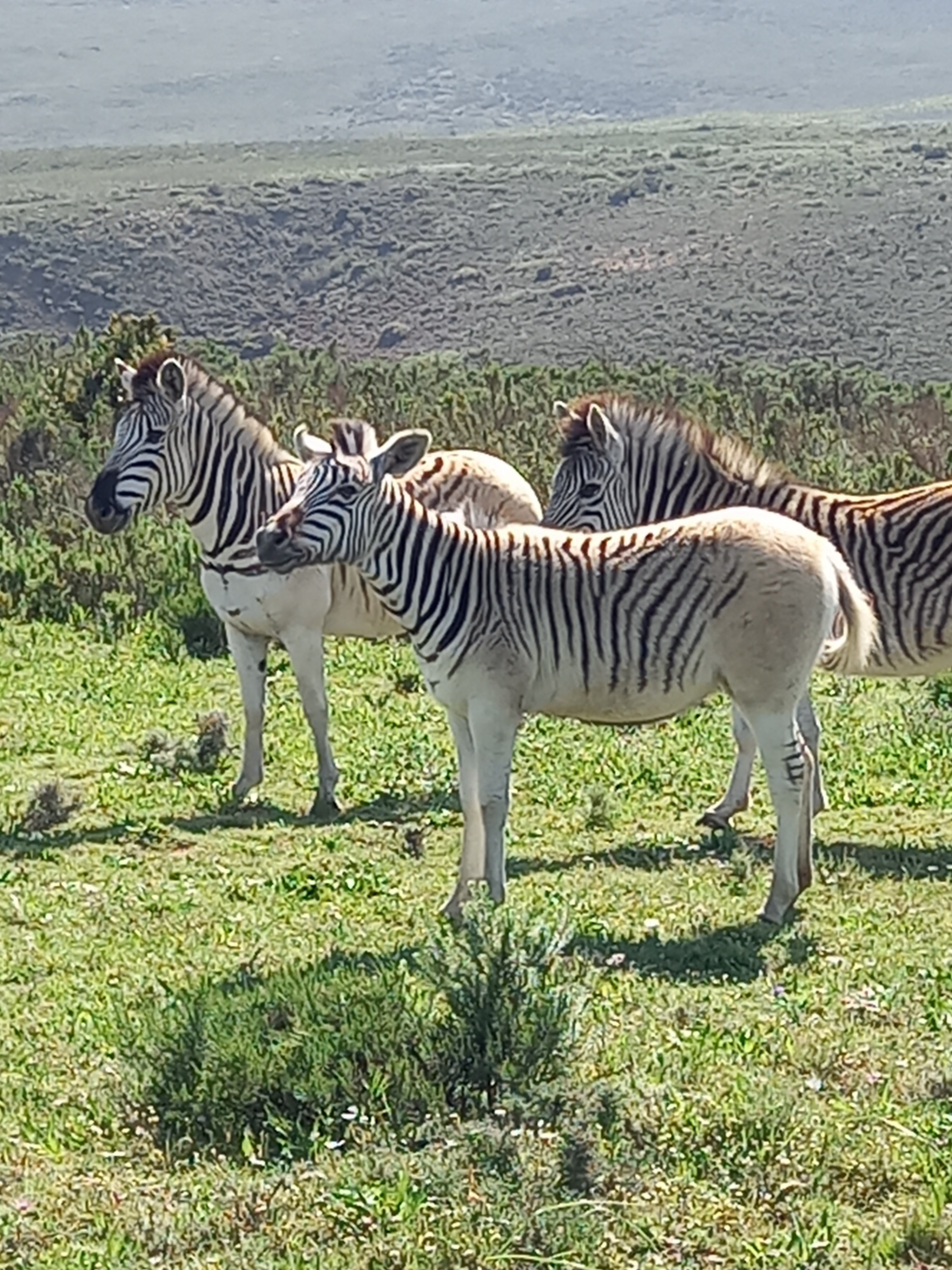
Throughout the winelands there are farmers and producers who have banded together to set aside land for nature conservancies – from the Bottelary and Banhoek in Stellenbosch to the Nuwejaars wetland conservancy with its 46 000 hectares between Elim and Agulhas. Dirk Human of Black Oystercatcher, for example, recalls how his grandfather saw the last wild hippopotamus shot in the area in 1855 – so bringing hippo back, and them breeding in their Agulhas wine triangle waters, brings him particular delight.
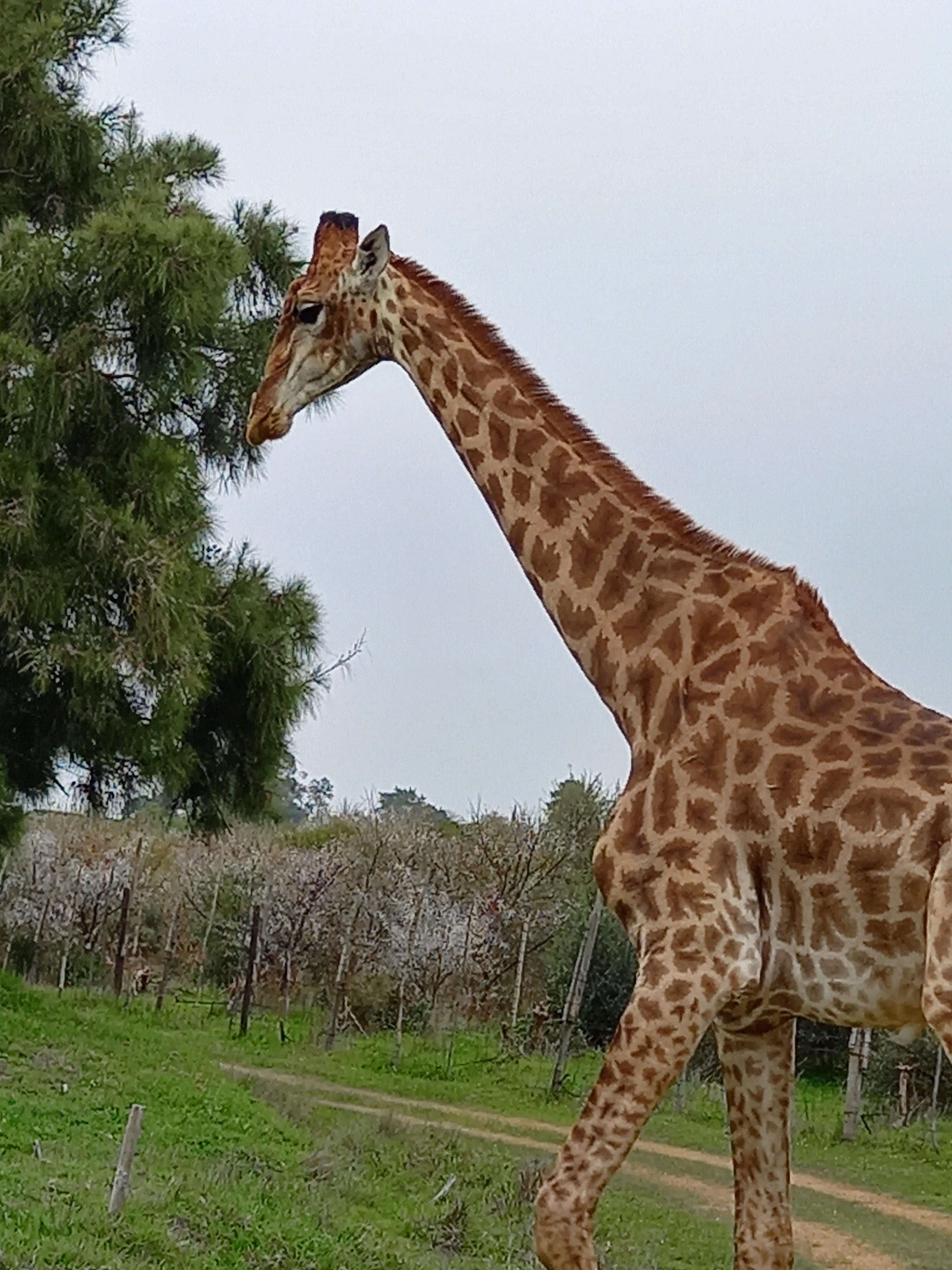
Setting aside corridors of fynbos and vegetation to allow remaining fauna free passage on farms is fairly standard practice with a farm visit often accompanied by a recitation of what species have been spotted. Some, like Jordan, Rustenberg, Vergelegen, Anthonij Rupert, Tokara, Bartinney and Plaisir have set camera traps on game trails and post pictures on their social media feeds – of porcupines, leopard, greysbok, duiker, steenbok, honey badger and even tortoises.
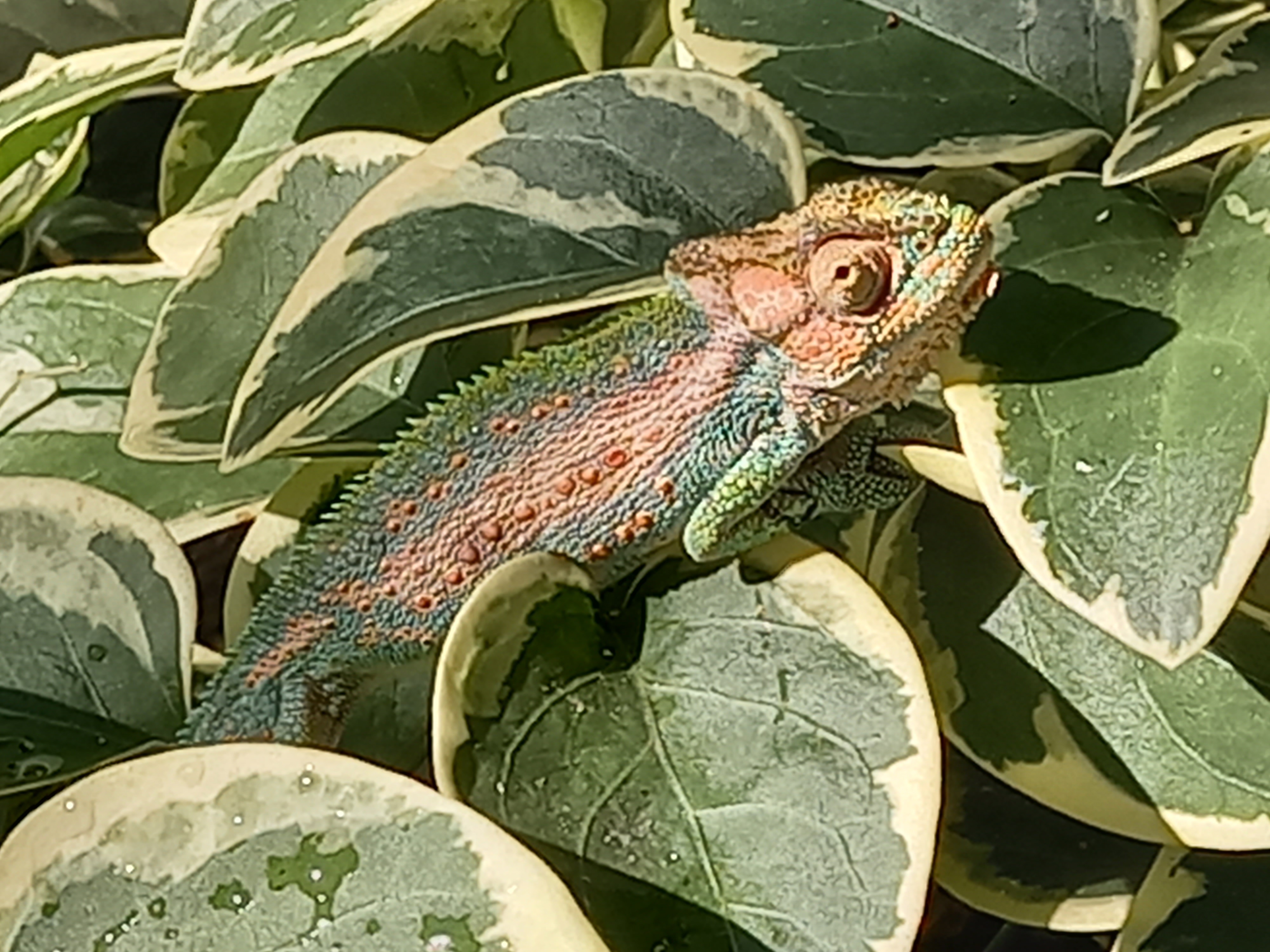
There are still more doing small but vital things for wildlife and the environment, almost as a matter of course. Even the most casual observer driving through the winelands can’t fail to notice the profusion of predator posts which have popped up in vineyards over the past 20 years. Stellenbosch’s Neethlingshof even has the Owl Post pinotage, a single vineyard labelling which pays tribute to the role played by owls in controlling mice and moles in the vines after years of attempting to eradicate them with artificial means. Once toxic pesticides were banned, the Neethlingshof farm fraternity also started seeing caracal again. These shy felines also catch birds, mice and small prey so it made sense to be able to see them – and also add them to the label lineup!
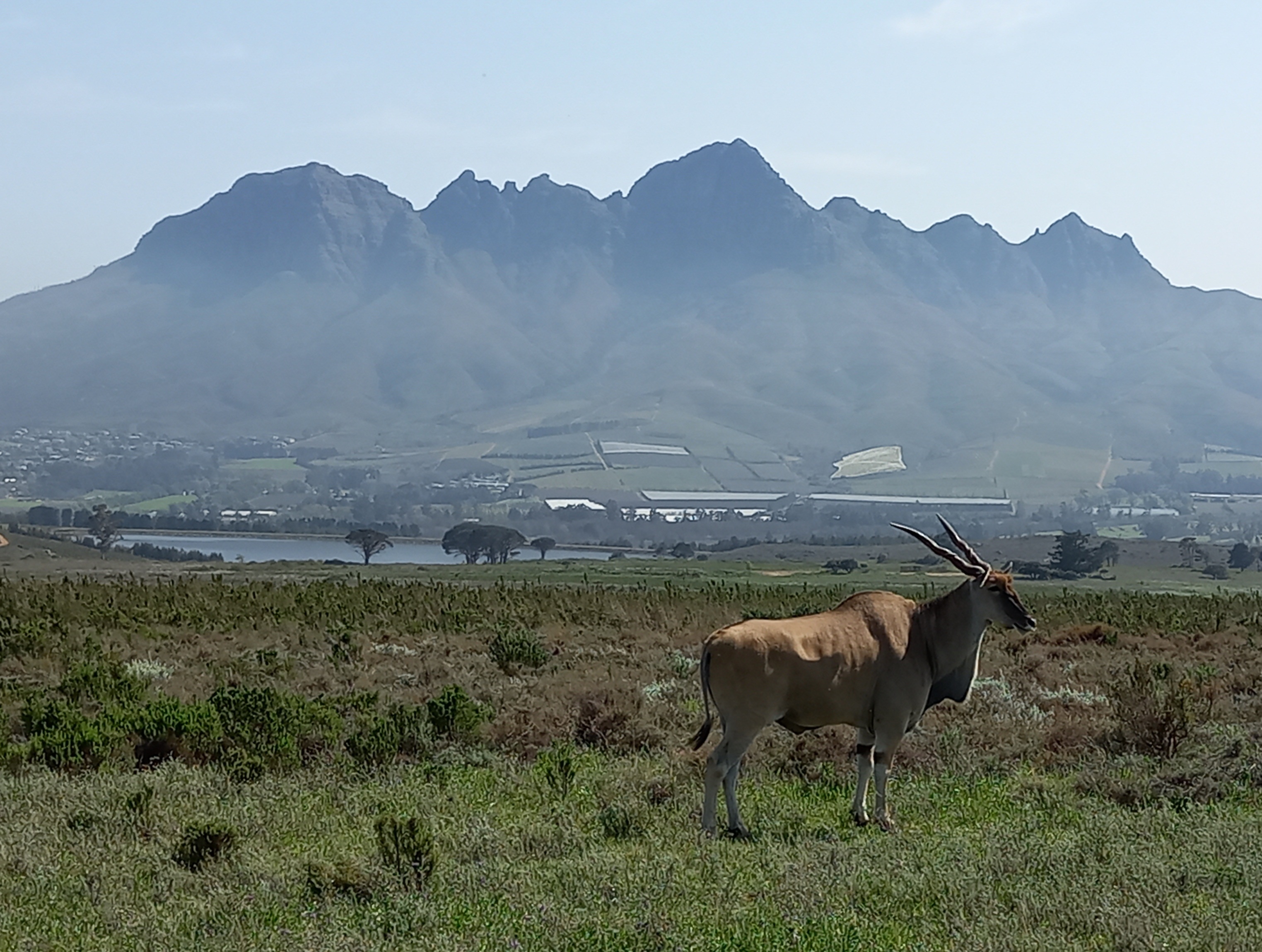
Durbanville celebrates the fact that its wine route members preserve some of the most highly endangered fynbos types: renosterveld. It’s not an isolated example with voor Paardeberg winery Vondeling actively marketing wines and alerting consumers to endangered endemic flora like the babiana noctiflora. Taaibosch on the Helderberg between Somerset West and Stellenbosch takes its name from a fynbos shrub found on its slopes.
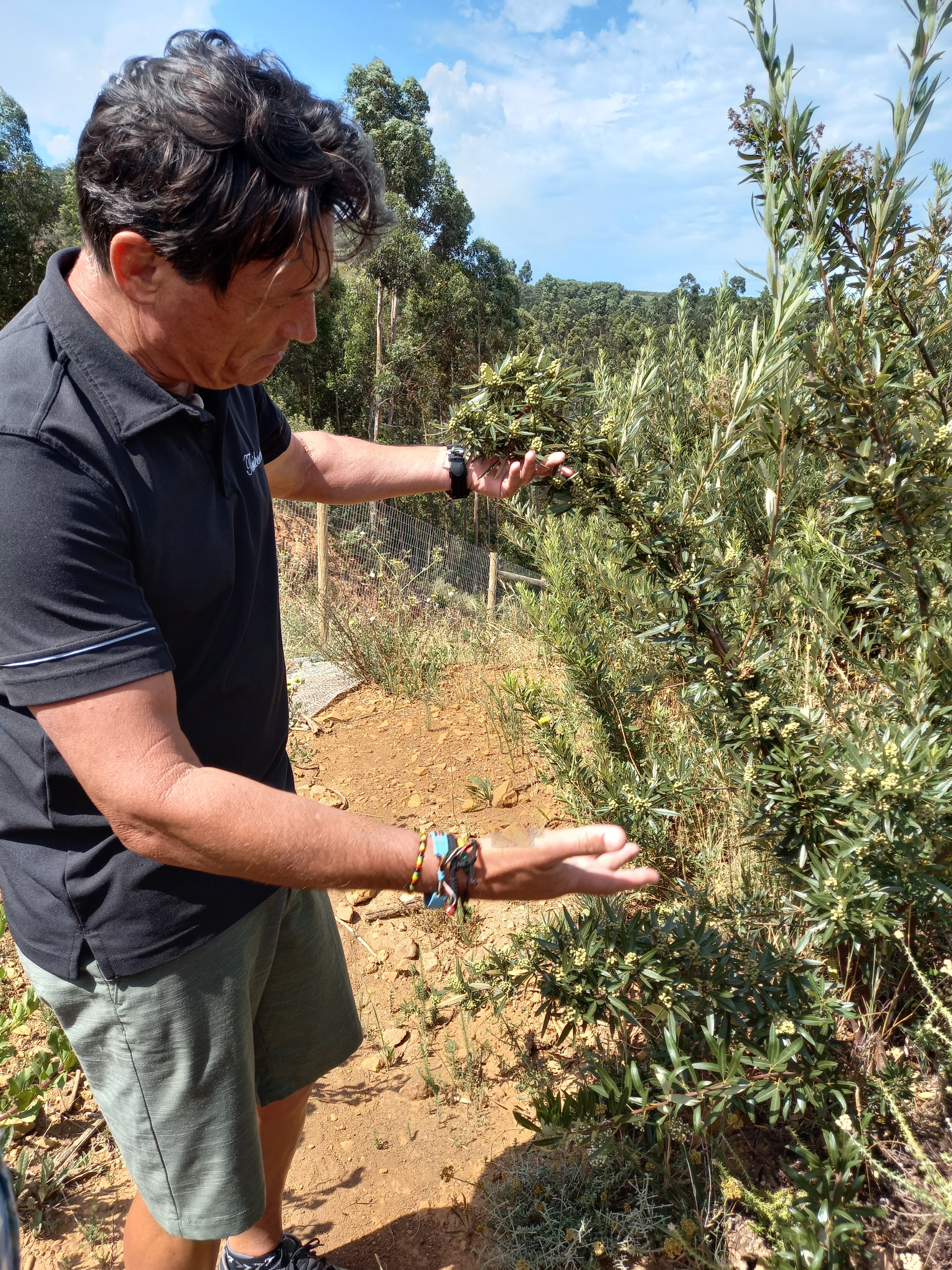
There are so many examples such as this which could be cited, but it all goes to a pattern: that of South African wine producers being aware of how important it is to ensure sustainability of the natural world in which they grow their grapes – and on which their livelihood depends.
Fiona McDonald
Captions:
Extinct in the wild since the late 1800s, the quagga was the first extinct species to have its DNA profiled. A selective breeding programme has attempted to almost “re-engineer” the beast, emphasising the lack of bold striping and the distinctive fawn rump such as these at Vergelegen
The largest antelope species in South Africa, eland thrive in the thousands of hectares set aside for them and other animals on the slopes of the Hottentots-Holland mountains at Vergelegen
Giraffe are increasingly endangered in the wild which makes the possibility of seeing them on either a Villiera or Groote Post game drive a rare treat
Cellar chief Schalk-willem Joubert examines the plant or shrub which gave the farm and wine label its name: Taaibosch
Stellenbosch wine farm Jordan know all about these little critters: they named a wine range after them – and also funded research into the Cape dwarf chameleon.